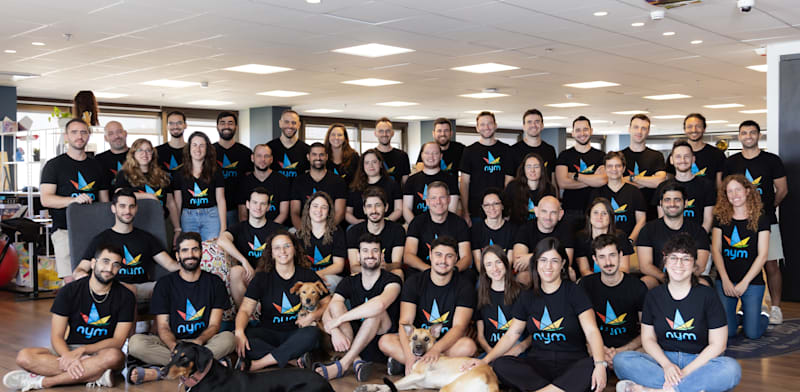In today’s interconnected world, businesses have unprecedented opportunities to tap into global talent pools. Outsourcing research and development (R&D) teams or setting up offshore R&D centers has become a popular strategy for companies aiming to innovate, scale, and remain competitive. But is this approach right for every organization? In this article, we combine insights on outsourcing and offshore R&D centers to help businesses evaluate the options, understand the benefits and challenges, and make informed decisions.
When Outsourcing R&D or Establishing Offshore Centers Is the Right Move
Outsourcing R&D or creating an offshore center can be transformative, but the decision depends on specific organizational needs. Here are key scenarios where these strategies shine:
- Cost Optimization: Companies in high-cost regions often turn to countries with lower labor costs to maximize budgets without sacrificing quality.
- Access to Specialized Skills: When niche expertise is unavailable locally, outsourcing or offshoring provides access to global talent pools with the required technical skills.
- Scaling Needs: Startups and small businesses can grow their R&D capabilities quickly without the long-term commitments of local hiring.
- Time-to-Market Pressures: Utilizing different time zones enables around-the-clock development, accelerating project timelines.
- Market Proximity: Offshore centers near emerging markets facilitate product localization and better customer engagement.
- Focus on Core Activities: Delegating non-core R&D tasks allows internal teams to concentrate on strategic priorities.
The Pros of Outsourcing and Offshore R&D Centers
Both strategies offer compelling benefits:
- Cost Efficiency: Leveraging regions with lower operational costs reduces expenses for talent and infrastructure.
- Global Talent Access: Diverse perspectives and expertise fuel innovation and enhance problem-solving.
- Scalability: Teams can be adjusted based on project needs, offering flexibility and cost control.
- Market Alignment: Proximity to regional customers ensures tailored solutions and faster market penetration.
- Continuous Development: Time zone differences enable 24/7 project progress, reducing time-to-market.
The Cons and Challenges
Despite their advantages, outsourcing and offshore centers come with challenges:
- Communication Barriers: Time zone differences, language issues, and cultural gaps can disrupt collaboration.
- Intellectual Property (IP) Risks: Sharing sensitive information with external teams increases the potential for IP theft or misuse.
- Quality Control: Ensuring consistent standards requires robust oversight and frequent audits.
- Management Complexity: Remote management demands clear processes and strong governance frameworks.
- Initial Investment: Establishing an offshore center involves significant setup costs and time to operationalize.
Decision Framework: Which Approach Suits Your Business?
Before deciding, evaluate your goals and constraints:
- Project Scope: Are your needs short-term or long-term?
- Skills Requirement: Do you require expertise unavailable locally?
- Cost Sensitivity: Is reducing costs a primary driver?
- Operational Readiness: Do you have the infrastructure to manage remote teams effectively?
- IP Safeguards: What measures will you implement to protect sensitive data?
Best Practices for Success
Whether outsourcing or establishing an offshore center, consider these steps to maximize success:
- Start with a Pilot Project: Test the waters with a small team or limited scope before scaling up.
- Choose the Right Partner or Location: Research thoroughly to identify regions with strong talent pools and stable business environments.
- Set Clear Expectations: Define project goals, deliverables, and timelines to avoid misunderstandings.
- Invest in Communication Tools: Leverage video conferencing, project management platforms, and instant messaging tools to bridge geographical gaps.
- Build Strong Relationships: Foster trust through regular check-ins, feedback, and integration of outsourced teams into company culture.
- Secure IP: Use robust legal agreements, cybersecurity measures, and team training to protect intellectual property.
Outsourcing R&D employees or establishing offshore R&D centers can be strategic moves to drive innovation, optimize costs, and expand global reach. However, these approaches require careful planning, risk management, and a clear alignment with organizational goals. By evaluating needs, addressing potential challenges, and implementing best practices, companies can unlock the full potential of global talent and achieve sustainable growth.
Written by Dafna Caspi and Michal Atzmon, Partners – BKDM Global People Management





